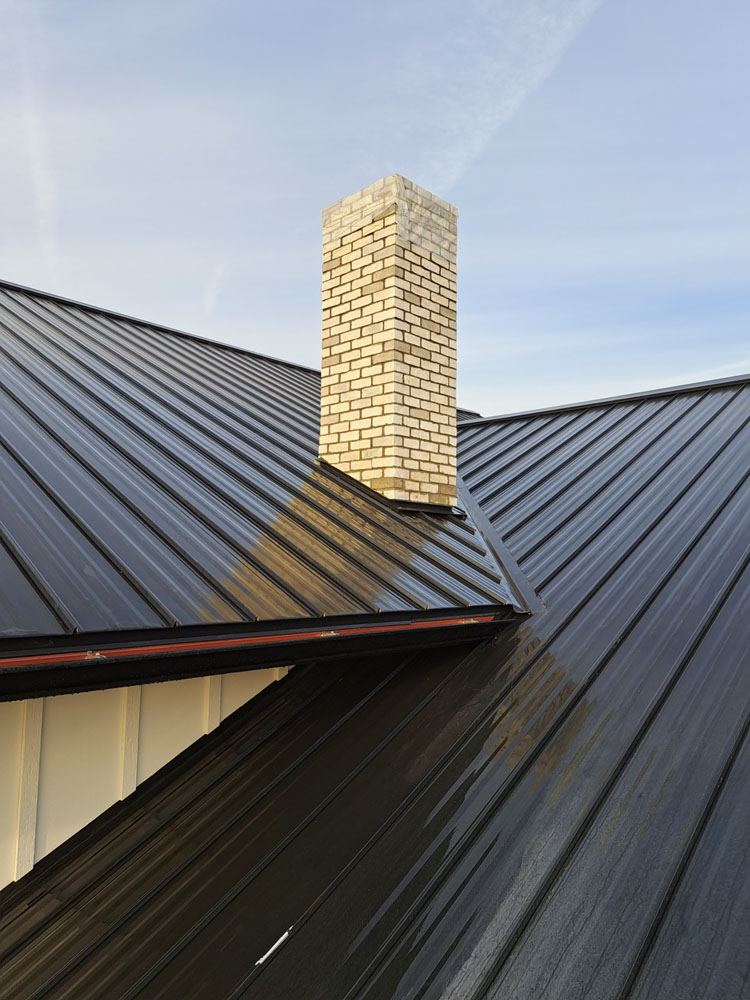Introduction
When it comes to outdoor spaces, walkways play an essential role in promoting safety and accessibility. Slip-resistant masonry walkways are particularly important for both residential and commercial properties. Not only do they enhance the aesthetic appeal of your landscape, but they also significantly reduce the risk of slips and falls. In this article, we’ll dive deep into the world of masonry walkways, exploring various types, materials, installation techniques, maintenance tips, and much more—all aimed at enhancing safety through slip-resistant designs.
What Are Masonry Walkways?
Masonry walkways refer to paths constructed using durable materials such as brick, stone, or concrete. These pathways not only serve a functional purpose Masonry Contractor but can also transform the look of your property. The term “masonry” indicates that these walkways are built from solid materials rather than temporary or less sturdy options like gravel or wood.
Benefits of Using Masonry for Walkways
Choosing masonry for your walkway has numerous advantages:
- Durability: Masonry materials can withstand heavy foot traffic and adverse weather conditions. Aesthetic Appeal: With various colors and patterns available, masonry offers a visual upgrade to any space. Low Maintenance: Once installed, masonry requires minimal upkeep compared to other materials. Slip Resistance: Many masonry surfaces can be designed with slip-resistant finishes.
Enhancing Safety with Slip-Resistant Masonry Walkways
Creating safe pedestrian environments is crucial in preventing accidents. Slip-resistant masonry walkways employ specific design elements that enhance traction underfoot. By incorporating textures or coatings designed to improve grip, these walkways help mitigate slip hazards associated with wet or icy conditions.
How Do Slip-Resistant Features Work?
Slip resistance is often achieved through:
Surface Texture: Rougher surfaces provide better traction compared to smooth finishes. Angle of Slope: Proper grading ensures water runoff while maintaining safety levels. Material Selection: Certain materials inherently offer better slip resistance than others.Types of Masonry Materials for Walkways
Different types of masonry materials contribute unique benefits to walkway construction:
1. Brick Walkways
Brick is a classic choice for pathways due to its strength and aesthetic versatility.
Advantages:
- Wide variety of colors and patterns Natural slip resistance when properly sealed
Disadvantages:
- Can be more expensive than other options Requires regular maintenance to prevent moss growth
2. Concrete Walkways
Concrete is perhaps the most widely used material for walkways due to its affordability and durability.
Advantages:
- Extremely durable Can be stamped or stained for added aesthetics
Disadvantages:
- Can become slippery when wet unless treated Cracks can develop over time if not installed correctly
3. Natural Stone Walkways
Natural stones like slate or granite offer a unique look but can be costly.
Advantages:
- Unique appearance with natural variations High durability
Disadvantages:
- Higher initial cost More challenging installation process
Design Considerations for Safe Masonry Walkway Installation
When planning your walkway design, keep the following factors in mind:
Width and Pathway Shape
The width should comfortably accommodate foot traffic without feeling cramped. Curved pathways can add charm but ensure they remain accessible.
Slope and Drainage
Proper slope allows water to flow away from the path, reducing pooling that could lead http://directorios.us/newberg/professional-services/ramos-masonry-construction-company to slips.
Lighting Options
Adequate lighting enhances visibility at night, making your walkway safer during evening hours.
Installation Techniques for Slip-Resistant Masonry Walkways
Installing a slip-resistant masonry walkway involves several steps:
Site Preparation- Clear vegetation and debris from the area. Level the ground where necessary.
- Install a compacted base layer (such as gravel) to promote drainage.
- Select appropriate bricks or stones based on durability and aesthetics.
- Arrange bricks/stones in your desired pattern. Use spacers for even gaps between each piece.
- Apply sealant specifically designed for slip resistance after installation is complete.
- Add edging where necessary to define the walkway's boundaries clearly.
Maintenance Tips for Keeping Your Masonry Walkway Safe
Even with proper installation, ongoing maintenance is essential for ensuring long-term safety:
1. Regular Cleaning
Remove debris like leaves or dirt that may accumulate on the surface; this helps maintain traction levels.
2. Re-sealing Periodically
Depending on usage levels and environmental factors, consider re-sealing your pathway every few years to maintain slip-resistance properties.
3. Addressing Weeds & Moss Growth
Weeds not only detract from appearance but can create slipping hazards too—use appropriate herbicides as needed!
4. Inspecting for Damage
Regularly check for cracks or loose stones/bricks—addressing any issues promptly will prolong lifespan significantly!
FAQs about Slip-Resistant Masonry Walkways
Q1: What makes a masonry walkway slip-resistant?
A1: A combination of surface texture, material selection, and proper design (like slope) contributes to enhanced slip resistance in masonry walkways.
Q2: How do I choose between brick or concrete?
A2: Consider factors such as budget constraints, desired aesthetics, required durability levels & potential maintenance needs!
Q3: Is professional installation necessary?

Q4: How often should I clean my masonry walkway?
A4: Regular cleaning every few months is recommended; however frequent use may necessitate more routine upkeep!
Q5: Can I make an existing walkway slip-resistant?
A5: Yes! Various treatments can increase grip on existing surfaces; consulting a professional will provide tailored solutions best suited for your situation!
Q6: Are there eco-friendly options available?
A6: Absolutely! Many manufacturers now produce sustainable products ideal for creating environmentally friendly yet safe pathways!
Conclusion
Enhancing safety with slip-resistant masonry walkways isn’t just an aesthetic decision—it’s vital in promoting well-being within our living spaces! With careful consideration regarding material selection paired alongside proper installation methods & ongoing maintenance practices—property owners can create beautiful yet safe environments everyone will appreciate! So why wait? Dive into crafting your perfect pathway today!